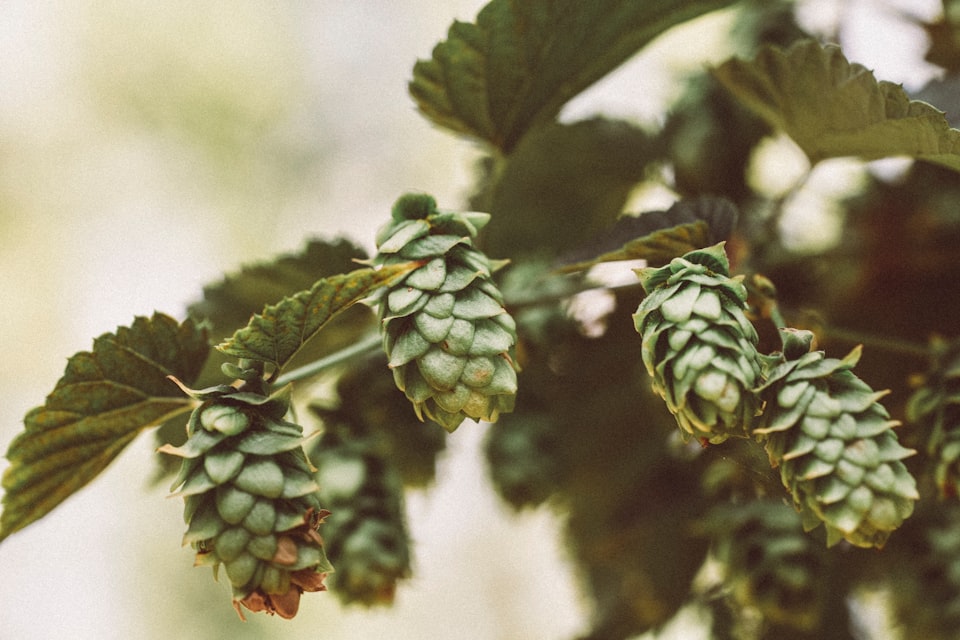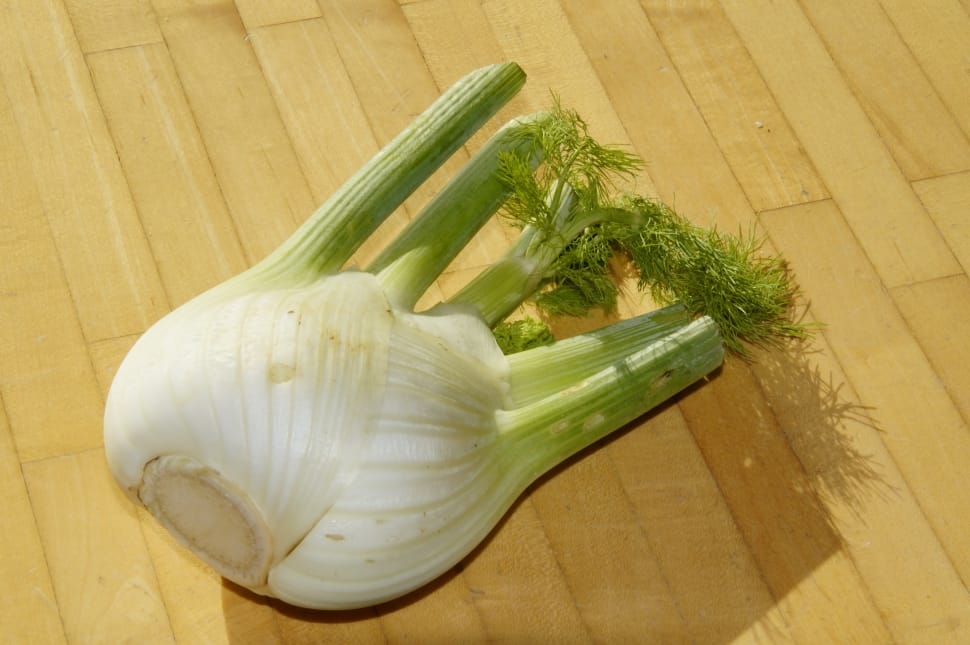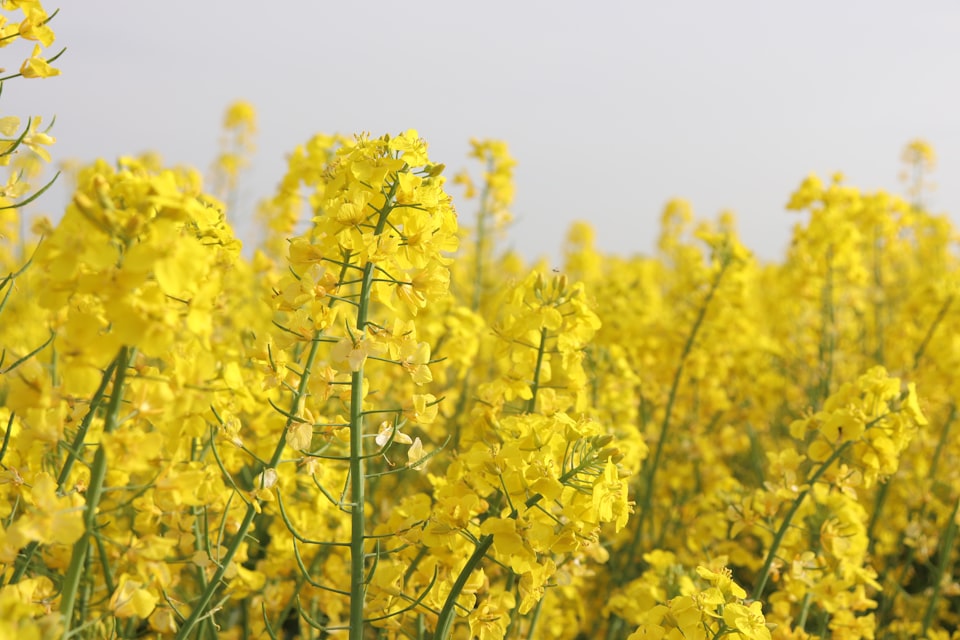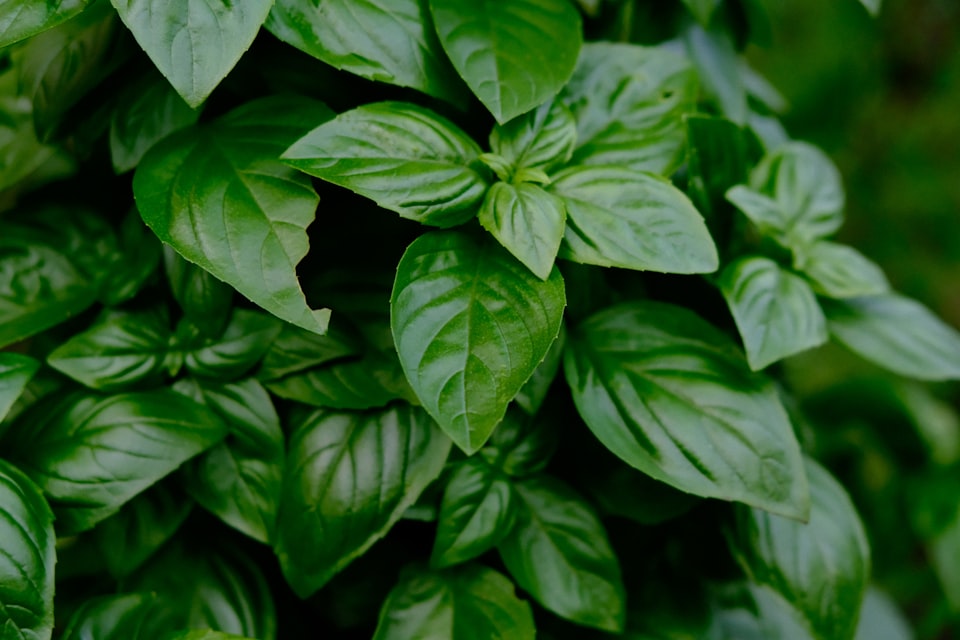IX: Wild Thyme
A better interpretation of rumspringa.
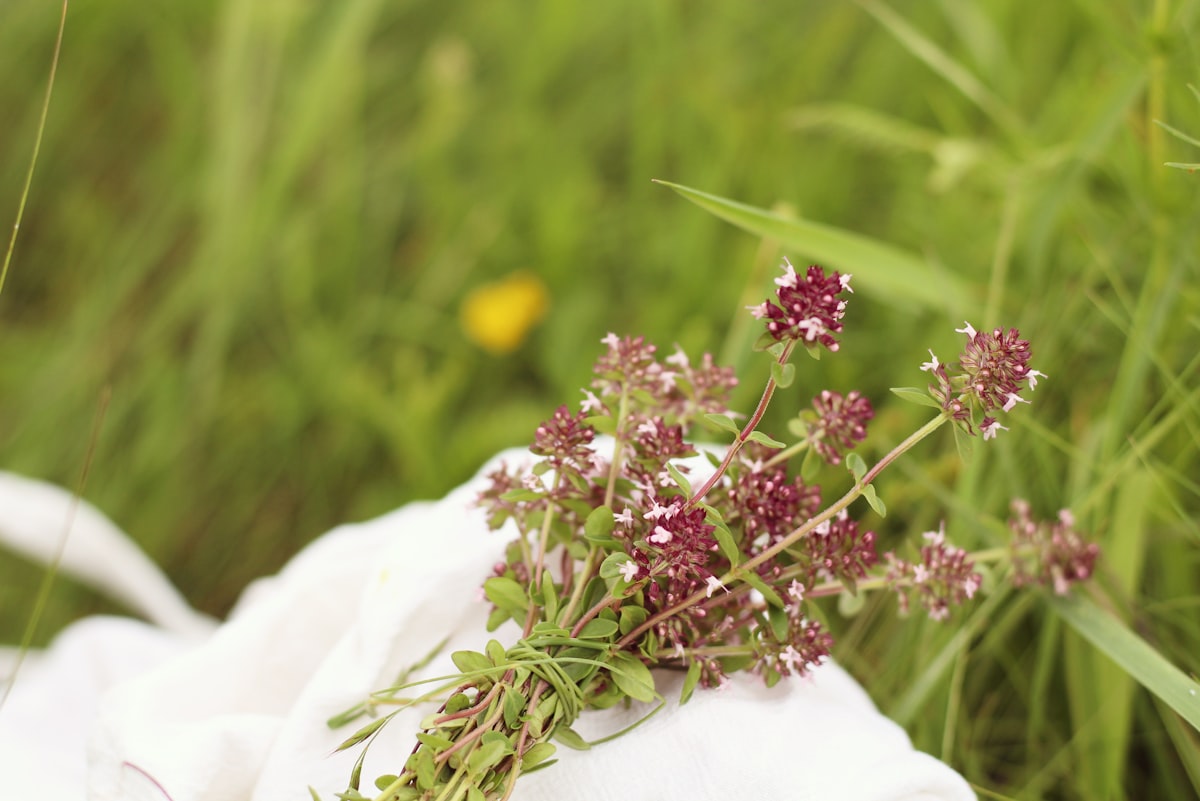
Good morning. Today is nonidi, the 9th of Prairial, Year CCXXXI. We celebrate le serpolet, a variety of thyme that spreads horizontally.
💡
Remember when the history of lawns mentioned that a lot of early lawns weren't made of grass but of chamomile and thyme? This was the thyme I meant, not the culinary herb (which we'll get to later this month) that grows in bushy, woody clumps. This little guy, also known as elfin thyme and creeping thyme, forms a nice bed of fragrant stems and flowers across a wide area. Stepping on it produces scents of herb and lemon. A whole yard of it blossoming pink or purple flowers in late spring honestly sounds like an awesome idea. Today, it's mostly used as a filler between flagstones to crowd out weeds and provide all those other good-smelling, good-looking benefits.
Adolescence is a part of every living organism's development. Even the adorned dwarfgoby, a tiny fish with an entire lifespan of eight weeks, spends a week or two between its larval state and its short adult life just growing its body and dashing around a coral reef for no apparent reason.
